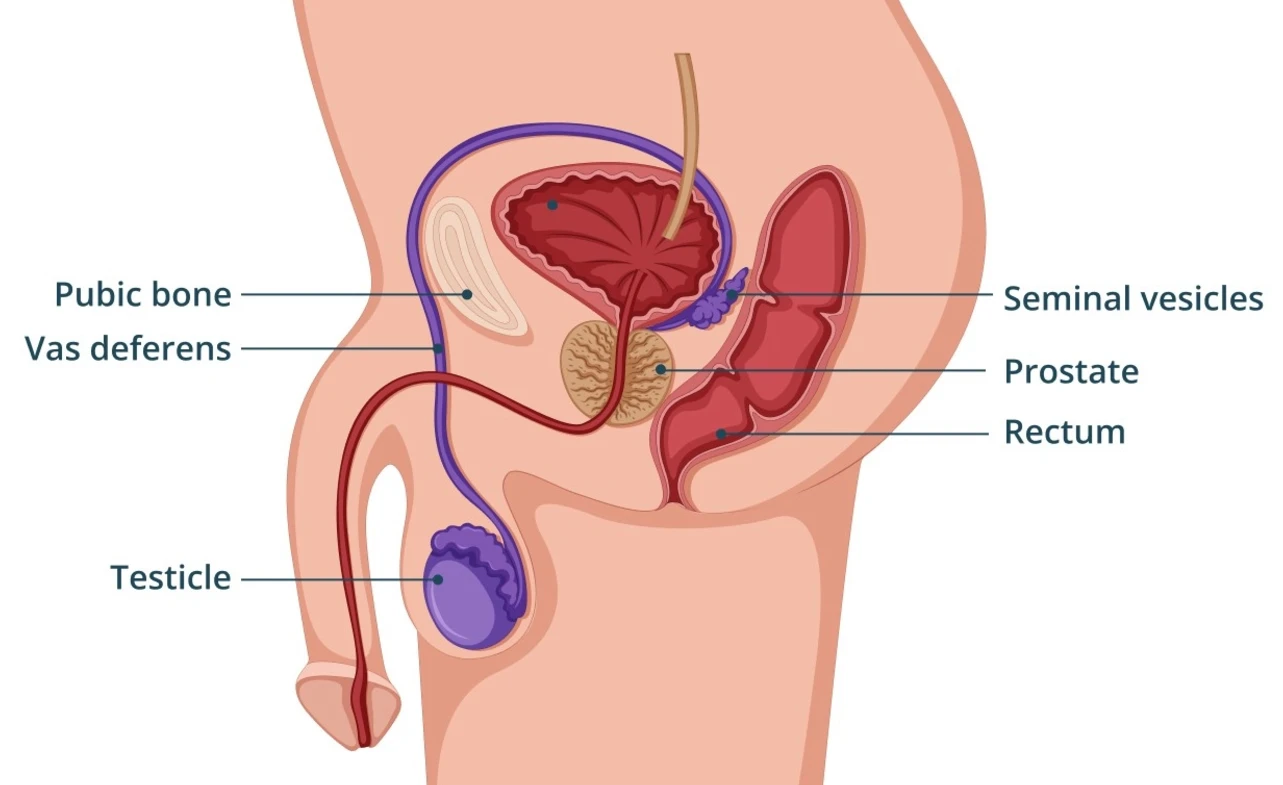The Cost of Proton Therapy for Prostate Cancer 2025

Proton therapy has revolutionized cancer treatment, offering hope to those seeking targeted and less invasive options. But with innovation often comes a price tag, and many wonder: What is the cost of proton therapy for prostate cancer? If you or a loved one is considering this advanced treatment, understanding the financial landscape is crucial.
In this article, we’ll break down the costs associated with proton therapy for prostate cancer, explain why it’s worth considering, and help you navigate the complexities of insurance coverage. By the end, you’ll feel more informed and empowered to make the best decision for your health and budget.
What Is Proton Therapy and Why Is It Effective?
The Basics of Proton Therapy
Proton therapy is a type of radiation therapy that uses protons instead of X-rays to target and destroy cancer cells. Unlike traditional radiation, proton therapy delivers radiation more precisely to the tumor, minimizing damage to surrounding healthy tissues and organs.
Why Is Proton Therapy Popular for Prostate Cancer?
The prostate is located near critical structures such as the bladder and rectum. Proton therapy’s precision reduces the risk of side effects like incontinence and erectile dysfunction, making it a preferred option for many men. Additionally, patients often experience shorter recovery times, allowing them to return to their normal lives faster.
How Much Does Proton Therapy for Prostate Cancer Cost?
Average Cost of Proton Therapy
The cost of proton therapy can vary depending on factors like location, facility, and treatment plan. On average, proton therapy for prostate cancer costs between $30,000 and $120,000 per course of treatment.
Here’s a breakdown of typical costs:
| Cost Factor | Estimated Price |
|---|---|
| Initial Consultation and Evaluation | $500 – $2,500 |
| Imaging (CT/MRI/PET Scans) | $1,000 – $5,000 |
| Proton Therapy Sessions (per round) | $25,000 – $100,000 |
| Follow-Up Appointments | $500 – $2,000 per visit |
Comparison With Traditional Radiation
Traditional radiation therapy costs significantly less, ranging from $10,000 to $50,000. However, the long-term benefits of proton therapy, such as fewer complications and a higher quality of life, often justify the higher upfront cost.
What Factors Influence the Cost of Proton Therapy?
Location of Treatment Facility
Receiving treatment at a specialized cancer center, such as MD Anderson Cancer Center or Mayo Clinic, can be more expensive than smaller clinics.
Treatment Duration
Proton therapy typically involves 20 to 30 sessions over several weeks. The total number of sessions required can affect the overall cost.
Insurance Coverage
The level of insurance coverage for proton therapy varies. While some insurance plans cover the full cost, others may only partially cover it or exclude it entirely.
Out-of-Pocket Expenses
Patients may need to budget for additional costs, such as travel, lodging near the treatment center, and any co-pays or deductibles not covered by insurance.
Does Insurance Cover Proton Therapy for Prostate Cancer?
Insurance Challenges
Many insurance companies view proton therapy as an experimental or non-essential treatment, making coverage inconsistent. It’s important to check with your insurance provider and advocate for coverage by providing evidence of its medical necessity.
Tips for Securing Insurance Approval
- Gather Documentation: Provide your insurance company with medical records and recommendations from your oncologist.
- Appeal Denials: If your claim is denied, don’t hesitate to file an appeal with additional supporting information.
- Explore Financial Assistance: Many cancer centers offer financial assistance programs or payment plans for uninsured or underinsured patients.
Why the Cost Is Worth It for Many Patients
Fewer Long-Term Complications
While the upfront cost of proton therapy may be higher, the reduced risk of long-term complications like incontinence or secondary cancers can save money on future medical expenses.
Improved Quality of Life
Proton therapy’s precision often results in fewer side effects, allowing patients to maintain their daily routines and enjoy life without significant interruptions.
Peace of Mind
For many patients, the peace of mind that comes with knowing they are receiving cutting-edge, highly targeted treatment outweighs the financial burden.
Proton Therapy vs. Other Prostate Cancer Treatments
| Treatment Option | Cost Range | Pros | Cons |
|---|---|---|---|
| Proton Therapy | $30,000 – $120,000 | High precision, fewer side effects, quicker recovery | Higher upfront cost |
| Traditional Radiation Therapy | $10,000 – $50,000 | Widely available, lower cost | Higher risk of side effects |
| Surgery (Prostatectomy) | $15,000 – $40,000 | Effective for localized cancer | Longer recovery, potential complications |
| Active Surveillance | Varies | No immediate cost | Requires regular monitoring |
Questions to Ask Before Choosing Proton Therapy
- What will my total out-of-pocket cost be?
Ask your healthcare provider and insurance company for a detailed breakdown of costs. - Am I a good candidate for proton therapy?
Not all prostate cancer patients are eligible. Your oncologist can help determine if it’s the right treatment for you. - What financial assistance options are available?
Many treatment centers offer payment plans or connect patients with nonprofit organizations that provide financial support.
Conclusion: Is Proton Therapy Worth the Cost?
The cost of proton therapy for prostate cancer can be daunting, but for many, it’s a worthwhile investment in their health and future. With its precision, reduced side effects, and long-term benefits, proton therapy offers a compelling option for those seeking advanced cancer treatment.
If you’re considering proton therapy, take the time to research your options, speak with your healthcare team, and explore financial assistance programs. By doing so, you can make an informed decision that balances your health needs with your financial situation.
Read more:
- Unlocking the ICD-10 Code for Prostate Cancer
- Stage 4 Prostate Cancer with Bone Metastases Life Expectancy
- Removing Testicles for Prostate Cancer
- Prostate Cancer Treatment: Removing Testicles to Improve Outcome
- Prostate Cancer Spread to Bones: Advanced Treatment Options
- Stage 4 Prostate Cancer Spread to Bones Life Expectancy